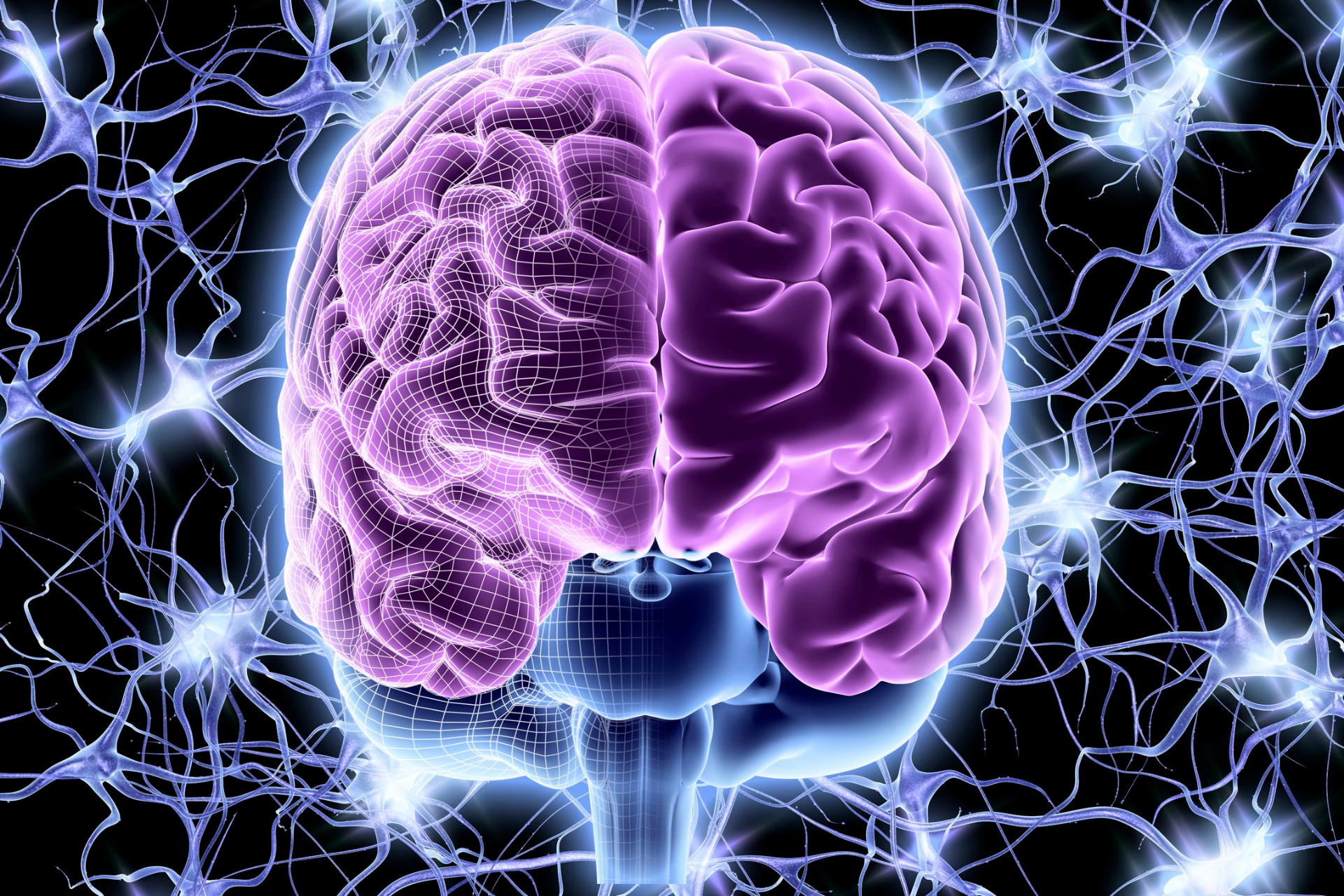New Year, New Growth: Nurturing a Positive Mindset
Life InSight
Adolescence is a remarkable yet tumultuous time of life, marked by significant growth, exploration, and self-discovery. As we step into the new year, it's an opportune moment to reflect on the transformative journey our adolescents embark upon. This period is one where young minds grapple with profound questions of "who am I?" and "who do I want to be?" While some level of identity confusion is considered normal and expected, persistent challenges in identity development can lead to concerns in mood and anxiety.. Central to these struggles is the concept of self-esteem, which plays a pivotal role in an adolescent's well-being.
The parent-child relationship is known to play an essential role in adolescents' development and self-esteem. As we embrace the start of the new year, it is important to consider how we can support our children in fostering a healthy sense of self and in promoting self-esteem. Adopting a growth mindset in the household can be one way to encourage healthy identity formation and increase self-esteem in your adolescent. So, what is a growth mindset and what does it mean to have a growth mindset in your household?
A growth mindset is a belief in one's ability to change and improve at any time. It acknowledges that mistakes are a part of the learning process and that they offer opportunities for growth. As we embark on this new year, let us try to cultivate a growth mindset in our household.
1. Remember, it can start with you, the parent(s):
Start by paying attention to the way you speak to yourself and to your child. Your approach to mistakes, trying new things, accepting constructive criticism, overcoming obstacles, and self-perception should all reflect a growth-oriented perspective.
2. Provide specific praise for efforts over general praise or praising innate qualities:
Instead of offering general praise or focusing on innate qualities, provide specific praise for their efforts. Acknowledge their hard work and determination. For example, you can say, "I like the way you helped your friend with 'X'" or "I appreciate how you listened during 'Y.'"
3. Give specific feedback on how something can be improved:
In addition to praise, provide specific feedback on their progress and suggest how they can improve. "You almost have it figured out. Let's try another strategy." When your child says, "I can't do it," reframe it positively with, "You can't do it yet. You just need practice."
4. Identify challenges and help guide towards self-sufficiency:
When your child encounters challenges, engage them in identifying their mistakes and finding solutions. For instance, you can say, "I see you're struggling with 'X.' What do you think we can try or do differently?" This empowers them to take responsibility for their growth and learning.
Adolescence is a transformative period filled with questions and challenges. As a parent or guardian, you play a significant role in helping your child navigate these formative years and fostering a healthy self-esteem and a growth mindset. By adopting these techniques and embracing a growth-oriented perspective, you can empower your adolescent to embrace mistakes as opportunities for growth and develop a strong sense of self. Ultimately, this will set the stage for a more resilient and confident future.
Here's to a year of positive transformation and new beginnings!
About Life InSight Center
At Life InSight, we offer comprehensive evaluations & individualized therapy focused on supporting families to achieve the right balance for their emotional, academic, and social success. If you or your child is struggling emotionally, socially, or academically, Life InSight will help diagnose the problem and find a comprehensive solution. We offer a complete range of Diagnostic Evaluations; Individual, Group, and Family Therapy; as well as School Consultation, IEP Planning, and Program Review. Our mission is to restore & rebuild lives by empowering our families to grow and develop.





